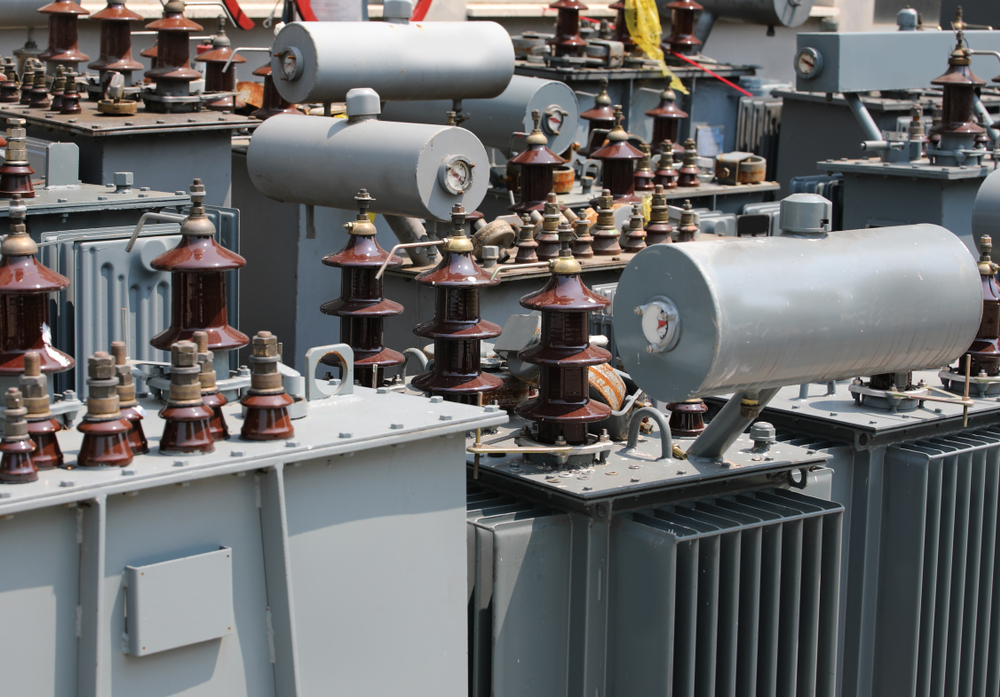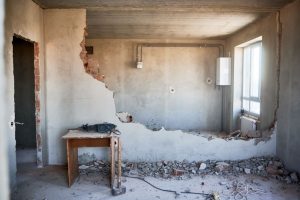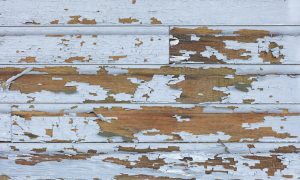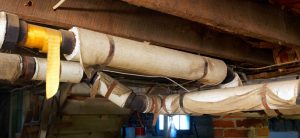
PCB, or polychlorinated biphenyls, were widely used in electrical equipment and industrial facilities from 1929 until the 1980s. Its insulating properties made PCB useful for cooling, heat transfer, and hydraulic equipment. PCBs were also found in paints, plasticizers, caulk, cable insulation, thermal insulation, pigments, dyes, and rubber products. Most commonly, polychlorinated biphenyls were put into electrical transformers and components like capacitors and electric motors.
Unfortunately, this substance is highly toxic. It could last in the ground for centuries and cause cancer in humans. It’s nearly impossible to break down in an ordinary environment if left alone.
Take a look at our guide to PCBs, illuminating what they are and why they are dangerous to public health.
Related Post: Why Is Mold Dangerous to Public Health?
What are PCBs?
PCBs are a group of 209 structurally similar chemicals widely used in a variety of industrial applications, including as coolants and lubricants in transformers and capacitors, as plasticizers in paints and adhesives, and in hydraulic fluids and insulating materials. PCBs are chemically stable and non-flammable, which makes them ideal for use in industrial applications. These substances look like oily liquids or solids, clear to yellow in color, with no smell or taste. They’re innocuous, and they may not stand out to the untrained eye. PCBs are very stable mixtures resistant to extreme temperatures and pressure.
However, this stability also makes them persistent in the environment, meaning they may remain in soil, water, and sediment for decades without breaking down. This stability also makes them dangerous to human health. PCBs can also survive in the food chain and wildlife.
Why are PCBs dangerous to public health?
PCBs are dangerous to public health because they are persistent organic pollutants (POPs). This means that once released into the environment, they might persist for decades or even centuries. Even though polychlorinated biphenyls were banned for new use more than 40 years ago, they persist in many environmental sites today.
PCBs may enter the human body through inhalation, ingestion, or absorption through the skin. Once inside the body, these toxic substances can accumulate in fatty tissues, which can remain for years.
Exposure to polychlorinated biphenyls has been linked to a wide range of health problems, including cancer, reproductive and developmental problems, immune system dysfunction, and neurological disorders.
What are the health effects of PCBs?
PCBs are known to cause various adverse health effects in humans and animals. These effects vary depending on the level and duration of exposure, the age and health status of the individual, and other factors.
Some of the most common health effects associated with exposure to polychlorinated biphenyls include the following:
Developmental and Reproductive
Exposure to PCBs during pregnancy may increase the risk of developmental delays, cognitive impairment, and behavioral problems in children.
Cancer
Polychlorinated biphenyls are classified as a Group 1 carcinogen by the International Agency for Research on Cancer (IARC), meaning they are known human carcinogens. PCBs have been linked to an increased risk of several types of cancer, such as liver, breast, and non-Hodgkin lymphoma.
Immune System
These highly toxic chemicals can suppress the immune system, making individuals more susceptible to infections and other diseases.
Neurological
PCBs might affect the nervous system, leading to headaches, dizziness, and tremors. Long-term PCB exposure may also increase the risk of Parkinson’s disease and other degenerative neurological disorders.
Endocrine Disruption
Polychlorinated biphenyls may interfere with the body’s hormonal system, leading to a range of health effects such as infertility, menstrual irregularities, and changes in thyroid function.
Where can someone find PCBs in the environment?
Polychlorinated biphenyls contamination could still be found in various places, including:
Soil
PCBs may accumulate in soil and sediment, especially near industrial sites or landfills where they were once used or disposed of.
Water
These carcinogens could contaminate bodies of water, including rivers, lakes, and oceans. They may also accumulate in fish and other aquatic organisms that humans consume.
Food
Experts have found polychlorinated biphenyls in food products, especially in animal-based foods such as meat, fish, and dairy products. This contamination likely comes from animals ingesting the substance.
Air
PCBs could go airborne due to various sources, including waste incinerators, factories, and contaminated soil being burned by wildfires or a building fire.
What is PCB remediation?
Polychlorinated biphenyl remediation is the process of removing or reducing the concentration of PCBs from contaminated soil, sediment, or groundwater. The goal of remediation is to reduce the risk of exposure to PCBs and to prevent further contamination of the environment, therefore protecting public health.
If a company discovers PCB contamination on its property, it must take immediate steps to remediate the contamination and prevent it from spreading because of the health implications of these toxic substances.
How is PCB contamination detected?
Experts collect samples of soil, air, and water and then send them to a laboratory for analysis.
What are the steps involved in PCB remediation?
The steps involved in PCB remediation will depend on the extent and nature of the contamination.
Site Investigation
Investigating a site involves identifying the location and extent of the contamination. The remediation company then determines the potential risks to human health and the environment.
Planning
Our team develops and outlines the steps to remediate the contamination.
Removal
Depending on the extent, removing contaminated materials may involve excavation, dredging, or demolition. The materials are then transported to a disposal facility authorized to accept and dispose of PCBs.
Treatment
PCB-contaminated soil and water can be treated by various methods. A remediation company might use thermal desorption, bioremediation, or chemical oxidation to remove these toxic chemicals. Treatment options depend on the type and concentration of PCBs present, as well as the soil and water characteristics.
Monitoring
After remediation is complete, monitoring is conducted to ensure that the polychlorinated biphenyl contamination has been successfully removed or reduced to safe levels.
Reporting
The results of the remediation and monitoring are documented in a report the remediation company submits to regulatory agencies to demonstrate compliance with environmental regulations.
Related Post: How We Handle Asbestos Removal in Cincinnati
Partner With the Right PCB Remediation Company
Need someone to examine a site for possible polychlorinated biphenyl contamination? Contact Environmental Demolition Group or call 859-363-4863 to learn more about how our team has the expertise and operations to complete PCB remediation.




